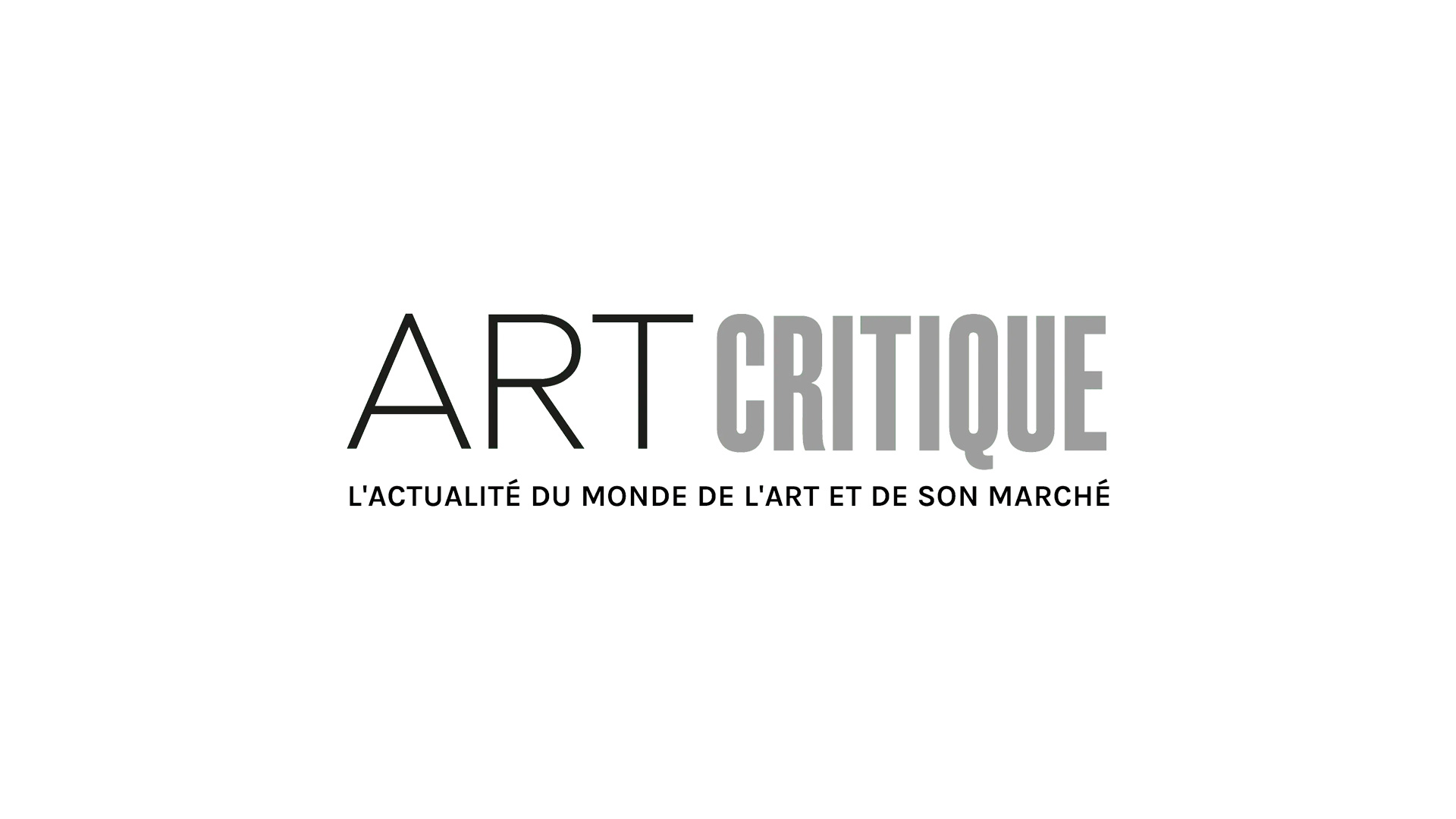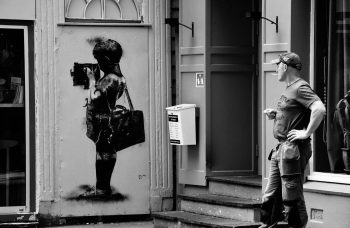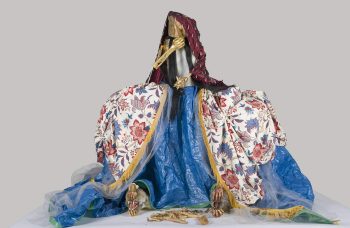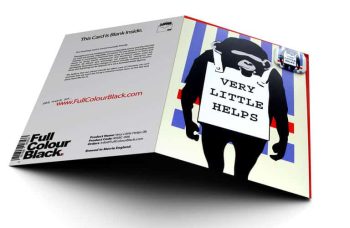That time of year thou mayst in me behold
When yellow leaves, or none, or few, do hang
Upon those boughs which shake against the cold,
Bare ruined choirs, where late the sweet birds sang.
In me thou see’st the twilight of such day
As after sunset fadeth in the west
Which by and by black night doth take away,
Death’s second self, that seals up all in rest.
The lines of William Shakespeare’s Sonnet 73 create an image in the reader’s mind no matter how savvy one is when it comes to literature and poetry. This sonnet, in particular, also inspired American artist Edward Hopper when he painted Shakespeare at Dusk – a 1935 painting depicting a statue of Shakespeare made by John Quincy Adam Ward in New York’s Central Park at twilight. This homage to the great English playwright and poet is not the only one for Hopper, however it is the most blatant painting evoking Shakespeare words. Just days before Shakespeare’s birthday, which is today (April 26th), Sotheby’s announced that the painting will be heading to auction on May 21st at their New York location and is estimated to garner between $7 million and $10 million.
The painting is one of a series of paintings that Hopper, who might be most known for his 1942 Nighthawks, made of the New York skyline early in his career while studying under Robert Henri, who Hopper studied with until Henri died in 1967. Shakespeare at Dusk represents Hoppers ‘quintessentially American aesthetic’ that captures the feel of the scene in a romantic yet realistic manner. The work ‘possesses a sense of stillness and quietude that is found in the artist’s most important and celebrated works,’ said Kayla Carlsen, head of American Art at Sotheby’s New York. Unlike other paintings from the series, however, which often depict generic, undetermined locations around the city, this painting puts us as the southern end of the park with Ward’s full-length sculpture of the poet. Moreover, Hopper often only quoted Shakespeare when discussing his works to describe the feeling and mood of dusk but this painting specifically references the writer by including the sculpture.
In addition to Shakespeare at Dusk, the auction of American art will offer Study for ‘Old King Cole’ (c. 1905-1906; estimated at $800,000 and $1.2 million) by Maxfield Parrish as a highlight. A group of 19th century paintings from the Hudson River School that have been widely exhibited called ‘All That Is Glorious Around Us: Property from an Important American Collector’ will be offered during the auction. This group of paintings will be led by Two Figures on Beach, a 1950 painting by Milton Avery estimated at $1.2 million and $1.8 million.





